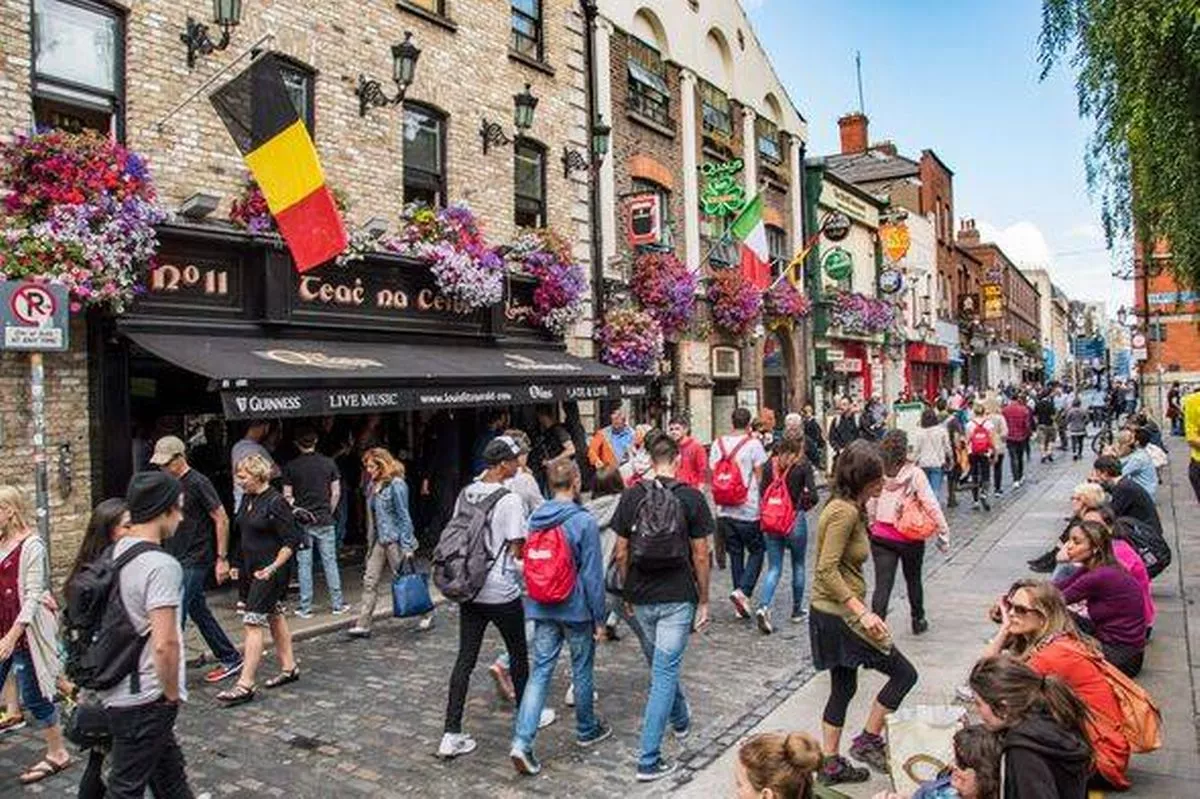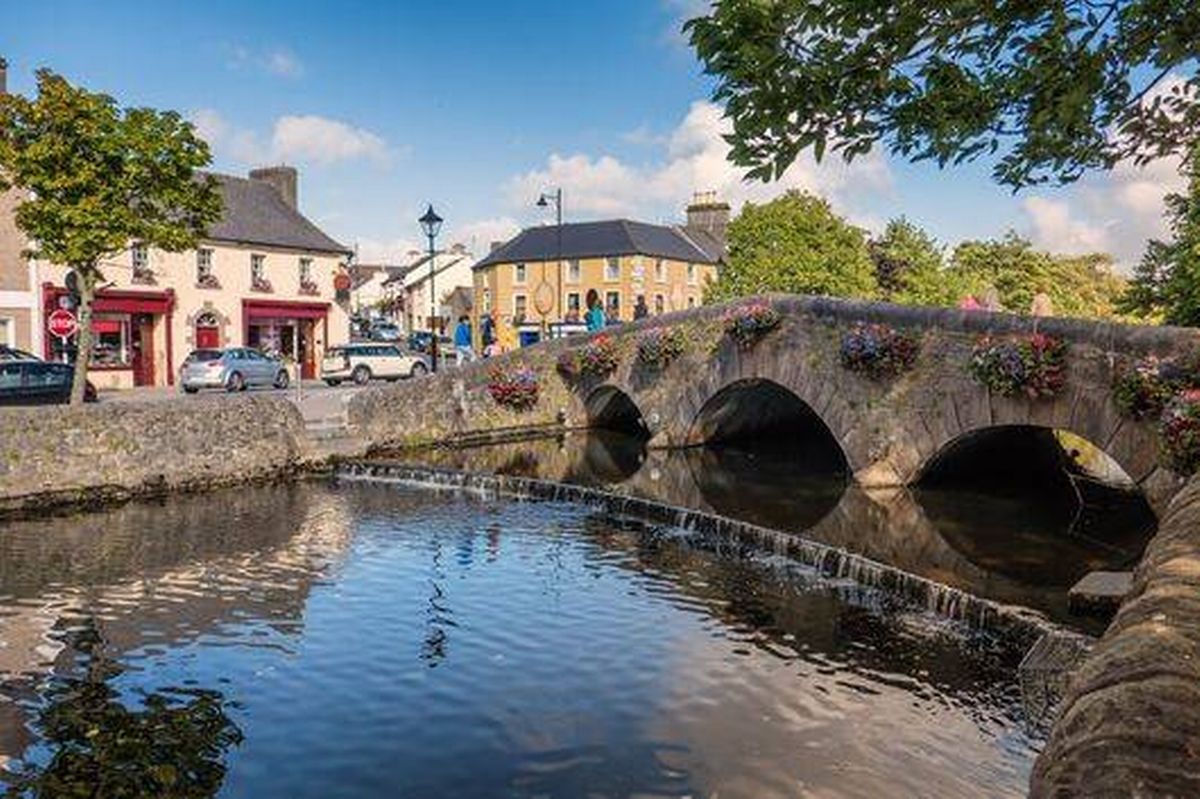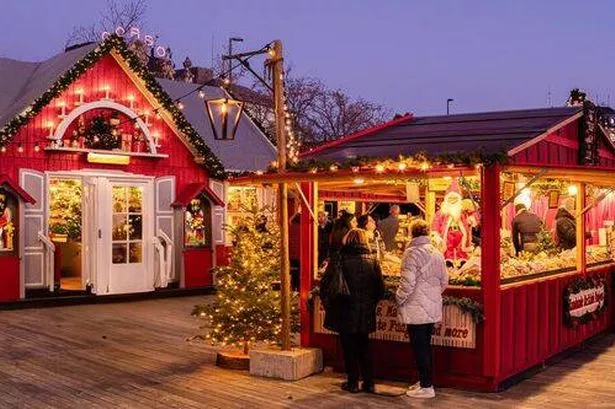A study has identified the European cities with the highest ratio of tourists to residents, and the top spot didn’t go to London, Barcelona or Paris.
Europe boasts a diverse array of holiday destinations, from sun-drenched beaches and snowy ski resorts to vibrant city breaks in the spring.
Many of these locations have become tourist magnets, drawing millions of international visitors annually. As a result, even some spots once deemed ‘hidden gems’ are now grappling with overtourism.
Albania, a small Balkan nation, exemplifies this trend among European countries experiencing an unprecedented surge in tourism. Last year, Albania welcomed over 7.5 million tourists, with more than 10 million expected next year.
However, it’s not just the lesser-known destinations that are feeling the strain of overcrowding. A study carried out by the Holidu team earlier this year identified cities with the highest ratio of tourists to residents.
While one might expect London, Barcelona or Paris to feature, these renowned capitals didn’t make the list. Instead, a rather unexpected destination claimed the top spot, reports the Express.
10. Tallinn
Estonia’s capital city isn’t on everyone’s travel bucket list, but those who have visited it would say it’s a must-see.
With a beautiful old town branded by some visitors as one of the best in Europe, it makes for a charming summer city break.
Tallinn also boasts a unique Nordic-Eastern European fusion culture and is well-known for being a cruise ship destination. But its popularity, thanks to major sights like the Lahemaa National Park, means it’s become overrun with 10 tourists for every resident, according to Holidu. Those looking for a quieter Estonian break will find plenty to explore beyond Tallinn.
9. Dublin
Unsurprisingly, another major city has snagged a spot in the ranking, this time in the Republic of Ireland. Dublin ranks just inside the top 10, with 11 tourists for every resident, claims Holidu.
Temple Bar is one of the city’s most crowded spots, attracting approximately 3.5 million visits annually. The Guinness Storehouse is another renowned Dublin attraction, but visitors say it’s like a well-oiled machine, and you can beat the queues by booking tickets in advance.
8. Amsterdam
As one of Europe’s top tourist hotspots, Amsterdam has 12 tourists for every resident, which is straining the city’s housing market, local neighbourhoods, and character.
Similar to Prague in the Czech Republic, the city has grown frustrated by the influx of drunken stag parties. A campaign to discourage young Britons, particularly groups of men aged 18-35 from visiting was launched in Dutch capital. Additionally, Amsterdam has implemented one of the world’s highest tourist taxes, which might deter travellers in the future.
7. Heraklion
Crete is the largest island in Greece and the fifth largest in the Mediterranean Sea. While it is home to some incredible remote beaches like Balos, the island’s capital, Heraklion is quite the tourist attraction.
It’s been named one of Europe’s most overcrowded destinations, with 13 tourists for every resident. The city’s archaeological sites are a major attraction, but those seeking tranquillity can find quieter spots elsewhere on the island, particularly in the west near Chania.
6. Florence
This romantic Italian city ranks just outside the top five, with 13 tourists for every resident. Home to several cultural treasures, including Michelangelo’s iconic David statue, Botticelli’s Birth of Venus and Brunelleschi’s dome, Florence is popular among global visitors.
However, concerns over over-tourism have sparked frustration among locals, with some workshop owners reporting that they’ve had to close due to the overwhelming number of visitors.
5. Reykjavik
Reykjavik is another European city impacted by over-tourism, with 16 tourists visiting for every resident. Once considered an unexpected tourist destination, the city now has around 140,000 inhabitants and has around two million visitors yearly.
Reykjavik is Iceland’s capital and has taken steps to combat tourism by reinstating its tourist tax in January after it was paused during the pandemic.
4. Rhodes
A second Greek island on the list proves the appeal of a Mediterranean beach holiday, and Rhodes is even more popular than Crete. Rhodes hosts 21 tourists for every resident but faces a crisis affecting its population and visitors.
Wildfires in 2023 saw the island experience the largest evacuation in Greece’s history, while a surge in tourism has triggered overdevelopment and the accompanying pollution.
3. Bruges
The Belgian city of Bruges has 21 tourists for every resident, making it feel very crowded in the peak summer season and during the Christmas period.
Some locals are frustrated with the high volume of visitors, and tourism officials recommend visiting outside peak times to experience Bruges in a quieter, more relaxed atmosphere. In 2023, more than 8.3 million people visited Bruges, but the city has implemented measures to address over-tourism, including a ban on new hotels in the historic centre and new holiday home permits across the city.
2. Venice
The iconic Italian city hosts 21 tourists for every resident, so it’s no surprise that it’s landed second place on the list. Venice has attracted attention with its daytripper tax and a ban on cruise ships entering its lagoon, but the Italian hotspot remains severely overcrowded-so much so that UNESCO has included it on its list of endangered cities.
As for the local population, Venice has seen numbers decrease dramatically since the 1950s, going from 170,000 residents to less than 50,000 in just 75 years. The exodus has primarily impacted lower- and middle-class residents, youth demographics, and people who rent, according to travel guides at Adventure.com.
1. Dubrovnik
Dubrovnik is crowned Europe’s most overcrowded holiday destination, with 36 tourists for every resident. Known as Croatia’s historic coastal gem, its once quaint cobblestone streets have become plagued by the noise of suitcases being wheeled across them, and the limestone surface has been buffed by thousands of flip-flops and sandals to a marble-like finish.
The Old Town, surrounded by its famous walls, is the busiest part of the city and has become increasingly expensive as it grows in popularity. This means Croatian residents have been priced out of the city at prices far higher than anywhere else.







